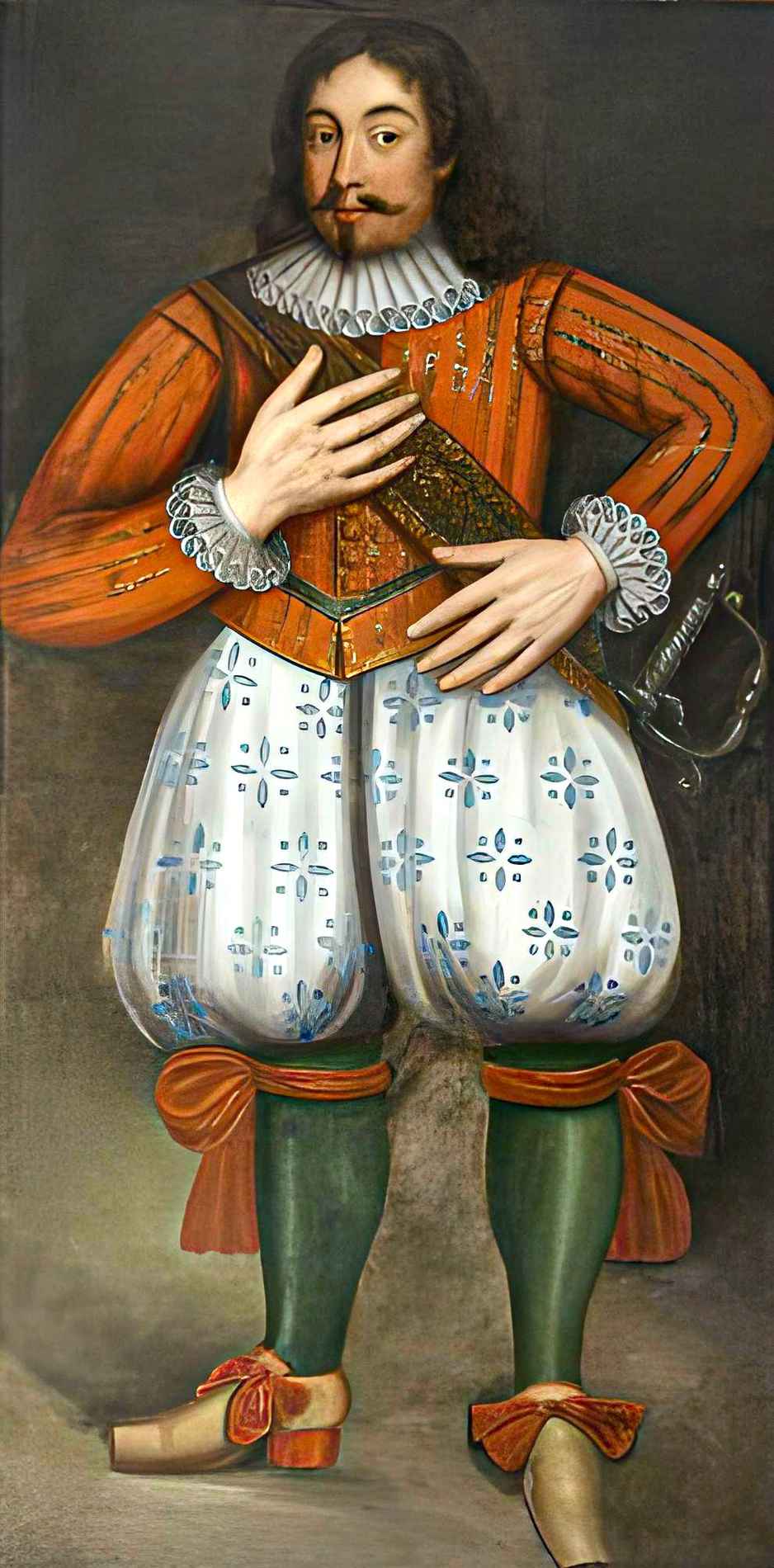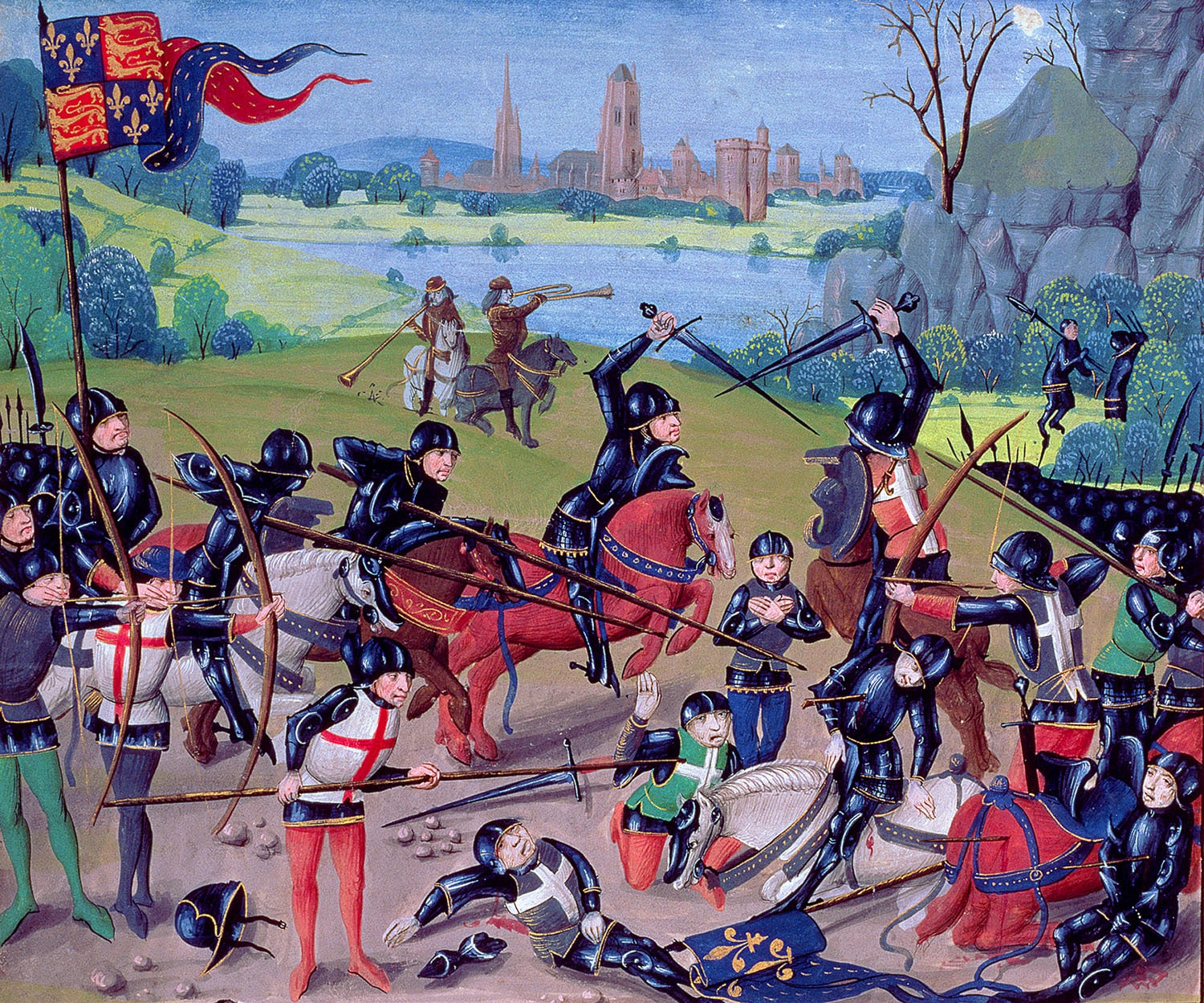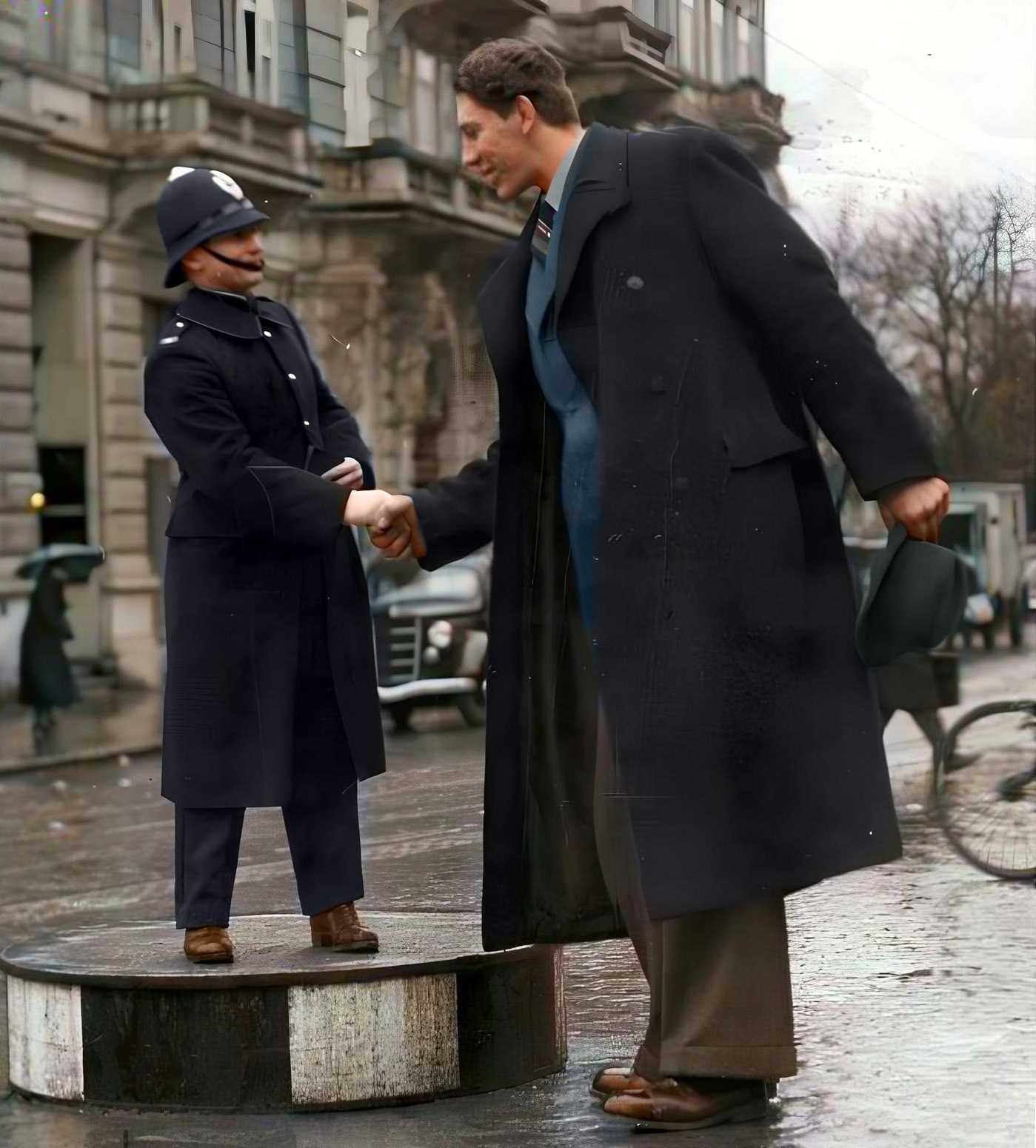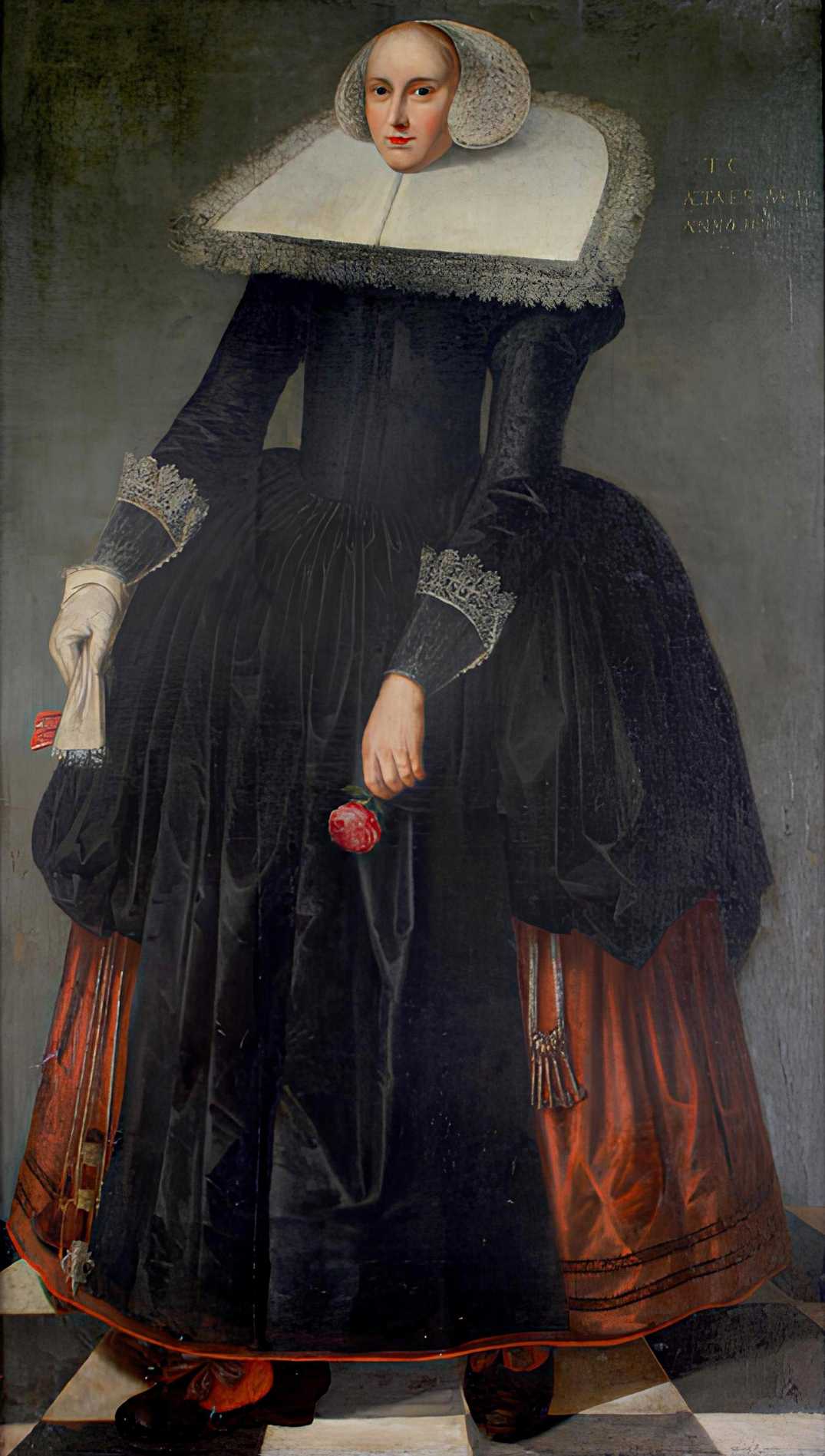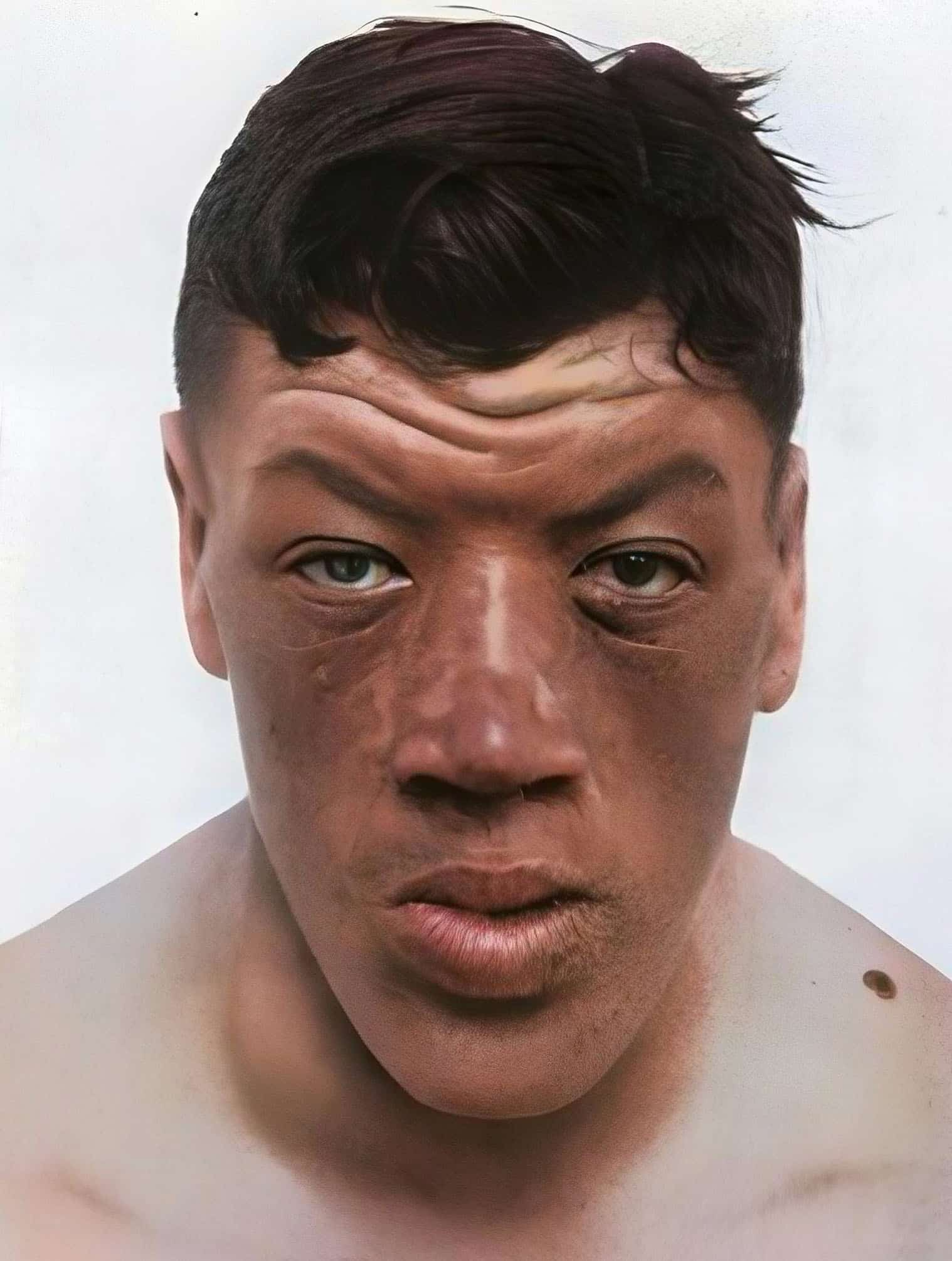John Middleton the Giant: Childe of Hale, One of the Tallest Men
John Middleton, known as the "Childe of Hale," was a giant from Hale, Lancashire, who lived in the 17th century and was over 9 feet tall. His landlord, Sir Gilbert Ireland, accompanied him to the court of James I, where he wrestled and defeated the king's champion.
